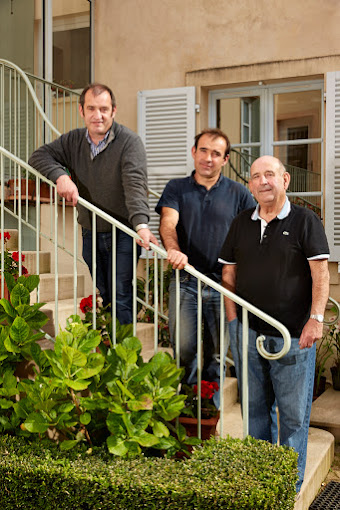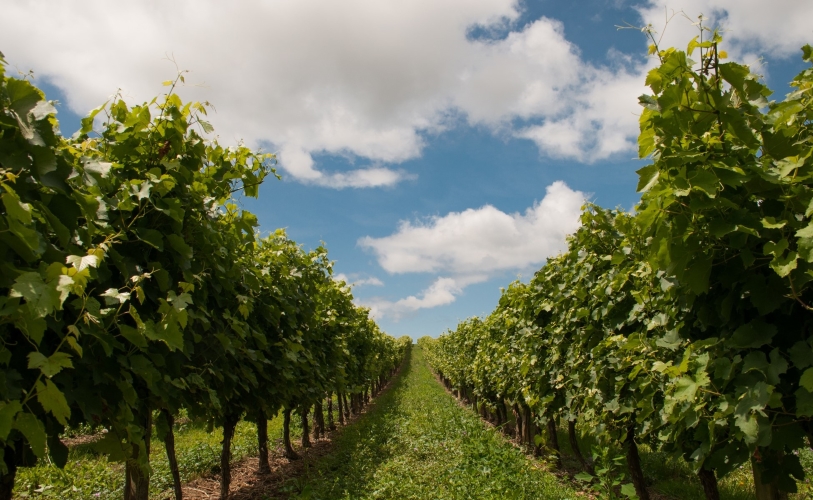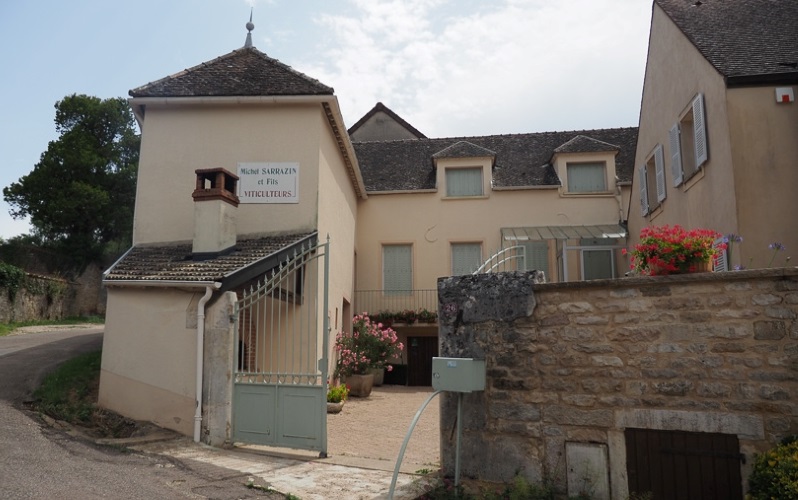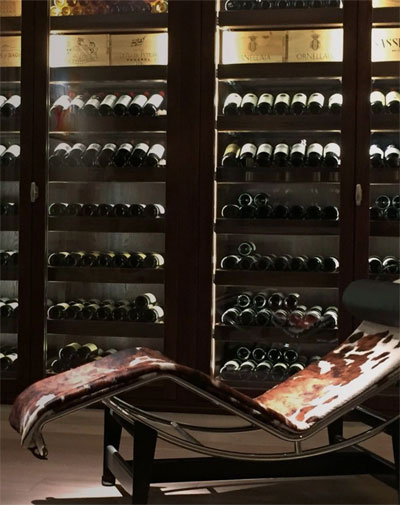


In order to access this website, you must have the minimum age that is allowed to consume alcohol in your place of residence.
Do you declare that you are legally allowed to drink alcohol?

We use Cookies!
Cookies help us deliver the best experience on our website. By using our website you agree to the use of cookies.

| Name | Purpose |
| tv_privacy_basic | Indicates your preference for functional / necessary cookies |
| tv_privacy_analytics | Indicates your preference for analytical cookies |
| tv_privacy_advert | Indicates your preference for advertisement cookies |
| Name | Purpose |
| _ga | Google Analytics: Gather anonymous data for analytical purposes |
| Name | Purpose |
| _fbp | Facebook Pixel: Help display relevant advertisements on Facebook owned platforms |
Thank you
Oenoforos

















 DOMAINE MICHEL SARRAZIN & FILS 3
DOMAINE MICHEL SARRAZIN & FILS 3

Whether a private or a professional cellar, we have the know-how and expertise to air condition your dream wine cellar. Motivated by quality and detail, we are proud of our products and the 100% Alsatian design.



 BACK TO SHOPPING
BACK TO SHOPPING